Tapping Into the Rise of Renewable Energy
New strategies and success stories for implementing solar power at commercial real estate properties.
The adoption of renewable energy continues to gain traction across the country, with solar photovoltaic energy accounting for 45 percent of all new electricity-generating capacity additions through last year’s third quarter, according to a recent report from Solar Energy Industries Association and Wood Mackenzie. For context, in 2021, the ratio stood at 43 percent, up from 41 percent in the previous year.
California maintained the leading position in solar capacity installed—3,187 megawatts in 2022 through the third quarter—well ahead of the next state in line, Texas (2,325 megawatts), the same report shows.
The Golden State is also a favorite playground for DSD Renewables, a company that spun out of General Electric in 2019, and which has since developed and deployed 425 megawatts of solar capacity across 23 states. DSD is funded by large financial institutions, having raised more than $1.5 billion, which has allowed it to grow and support its customers’ energy needs.
DSD has several notable projects underway, including the installation of 13MW of rooftop solar at 25 Home Depot store locations across California. Upon completion, the installed capacity is expected to generate more than 17 million kilowatt-hours of clean energy annually that will directly power the retailer’s locations. The partnership between DSD and Home Depot began in 2017, when DSD was awarded its first request for proposal from the retailer to install 11.5MW of solar at stores across New Jersey, Maryland, Connecticut and Washington, D.C. The collaboration continues today with additional projects planned in Arizona, Illinois and New York.
Profitable business during stormy times
Although in growth mode, the solar installations industry has its share of challenges. Some are specific to the business—which revolve around the uniqueness of each solar installation and implicitly each project site, for which there are no “cookie-cutter, off-the-shelf solutions,” as Chad Edwards, senior director of origination at DSD puts it—and the macro ones, which include rising inflation and supply chain issues.
To address industry-specific problems, DSD relies on a team of engineers, designers and developers, who identify these challenges and come up with tailored solutions for each client. In addition, the company has a dedicated canopy team that designs proprietary and patented water and ice management systems, which can be integrated into their projects. This is a breakthrough for the company and adds value to its customers in inclement weather locations because it creates dry parking environments while reducing maintenance and operating costs, according to Edwards.
The high inflation is driving many of DSD’s new customers to evaluate or re-evaluate solar as a method to hedge against future cost increases. The multi-dimensional benefits of solar, combined with the incentives from The Inflation Reduction Act, offer a valuable opportunity to decouple from fuel-based energy.
READ ALSO: What Does It Take to Complete the Transition to Renewable Energy?
When supply chain challenges worsened, the market changed dramatically, and many solar installers found themselves unable to deliver their projects on time. Traditionally, the engineering, procurement and construction (EPC) would buy the equipment needed for solar projects, such as inverters, switches, panels and the like. But now, with the extended lead times, that pattern is not viable anymore, as it would be too late to wait for an EPC to purchase this equipment at the time these are brought into a project.
Hence, DSD took another route. It started purchasing equipment in advance and one-off purchases turned into strategic orders. Edwards confirmed that the equipment DSD needs for its 2023 rooftop portfolio has already been purchased, including for the Home Depot California portfolio. In addition, the company also partnered with PanelClaw and QCells to strengthen this strategy and make large purchases.
Shiny solar projects
A success story is DSD’s solar canopy at The Source, the parking garage at White Plains Shopping Center in Westchester County, New York.
“The project required exceptional engineering and advanced construction techniques because, to maximize system size, they needed to cover the ramp of the garage top, as well as the parking structure itself,” Edwards said. “Maximizing size was also important as this is a community solar asset, meaning it provides the benefits of renewable energy to the surrounding community.”
The project resulted in 1,423kW of renewable energy and a covered parking area with water and ice management technology. Not only did this add extra protection for the mall’s customers, but it also helped the owner reduce maintenance costs.
Another remarkable project that DSD worked on is the 600-acre Bishop Ranch in San Ramon, Calif., which houses 30,000 employees that work across more than 600 businesses in a 10 million-square-foot office campus. The park holds the distinction of the largest concentration of LEED space outside of a major metropolitan area and expands its existing comprehensive program to minimize its environmental footprint through a solar installation that supports the company’s core green philosophy and complements an award-winning transit program, extensive recycling initiative, green cleaning practices, over 300 electric vehicle charging stations and more. Additionally, City Center Bishop Ranch is the largest shopping center in the world to be awarded LEED Platinum certification.
Furthermore, the campus is touted as being the world’s largest multi-campus solar and energy storage installation. The distinction was a surprise, Alexander Mehran Jr., CEO of Sunset Development, confessed to Commercial Property Executive. The company has owned the project since 1978.
“We analyzed the energy usage of every building at Bishop Ranch and then optimized the solar and energy storage systems for each building that had suitable rooftop and parking lot areas,” Mehran said. “As we added up the capacity of solar and storage across Bishop Ranch—installed and in development—it totaled 25MW of on-site, behind-the-meter capacity. The solar designs have been recognized as some of the most spectacular and in keeping with the architecture, but it was a delight to discover that it was also the world’s largest,” he continued.
DSD used the Federal Investment Tax Credit to offer competitive power purchase agreements. “Without them, the projects at the contracted rates would not be viable,” explained Mehran.
The first phase of the solar installation started in 2021 and amounted to 1.3MW, which produce 2.1 million kWh of clean energy per year. The second phase of the installation is slated for delivery in the first quarter of 2024 and consists of 15.5MW of solar and 7.1MW of storage. Upon completion, it will offset the business park’s energy usage by 90 percent. This is the equivalent of producing 22,239,778 kWh of clean, renewable energy annually, which amounts to 9,621 metric tons of carbon dioxide emissions avoided, corresponding to taking more than 2,000 gasoline-powered cars off the road or planting more than 159,000 trees.
READ ALSO: From Concept to Completion—The Largest Rooftop Solar Project in DC’s Brookland
The goal is to reach 100 percent offset, according to Mehran. They constantly monitor energy usage and efficiency across Bishop Ranch and will investigate any shortfall once all systems are fully operational. They also consider looking at the wholesale market and virtual PPAs. “Not all kW is created equal and variable pricing affects the value of solar. With sophisticated monitoring systems, we will be able to monitor building usages in real time and tweak the deployment of solar and energy storage assets at critical times to maximize benefit,” he said.
The partnership between Sunset Development and DSD formed as a result of a series of events. Back when DSD was part of General Electric, GE was a tenant at Bishop Ranch. GE Solar and DSD worked closely with Renzo Piano/BAR Architects and the design team on the City Center solar canopy located atop its parking garage, which opened in 2018. Since then, the two companies have reapplied some of the design aspects of City Center across the Bishop Ranch campus.
For Bishop Ranch, DSD’s engineering team worked closely with the megadevelopment’s architectural team to align on a vision that was “unobtrusive and seamless,” said Edwards. They were able to replicate Bishop Ranch’s beam design on more than 800 columns throughout the installations and used bifacial modules with a translucent back sheet to enable maximum light penetration.
A look at renewable energy’s future
The passing of the Inflation Reduction Act has provided substantial market certainty for renewable energy, including on-site and off-site generation, storage and electric vehicle charging infrastructure, said Edwards with confidence.
“In 2023, we will start to see even more enterprises and MUSH market (buildings owned by municipal and state governments, universities, schools and hospitals) customers setting and accelerating sustainability and net-zero goals,” Edwards expects. “This transition, in combination with the rising costs of traditional energy sources, means the renewable energy industry as a whole is set up for a banner year.”
Moreover, renewable energy is evolving within commercial real estate from a special project to a strategic initiative. Edwards noticed that landlords are now looking for ways to align with their tenants’ sustainability targets, and he believes that solar is one of the most efficient ways to help them achieve their goals.
Last but not least, state policies are diversifying and evolving, creating a complex landscape for landlords. “We work hand in hand with landlords to show the opportunities across their national portfolio, whether that’s generating additional lease revenue or controlling costs,” Edwards added.

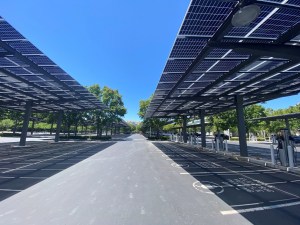
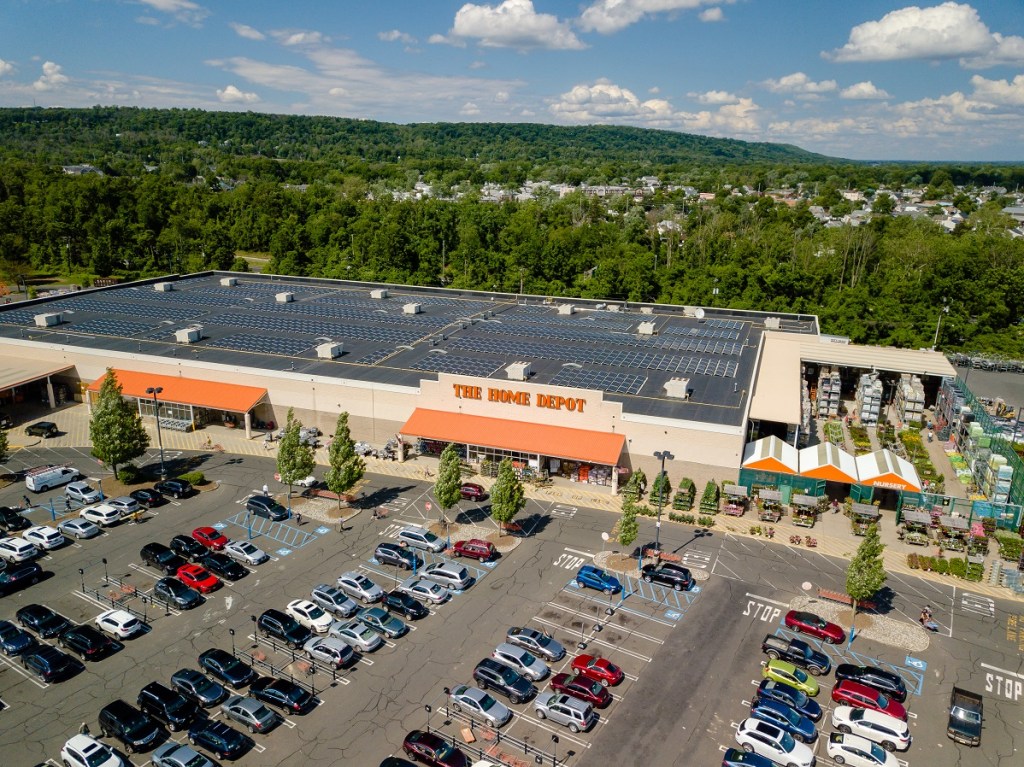
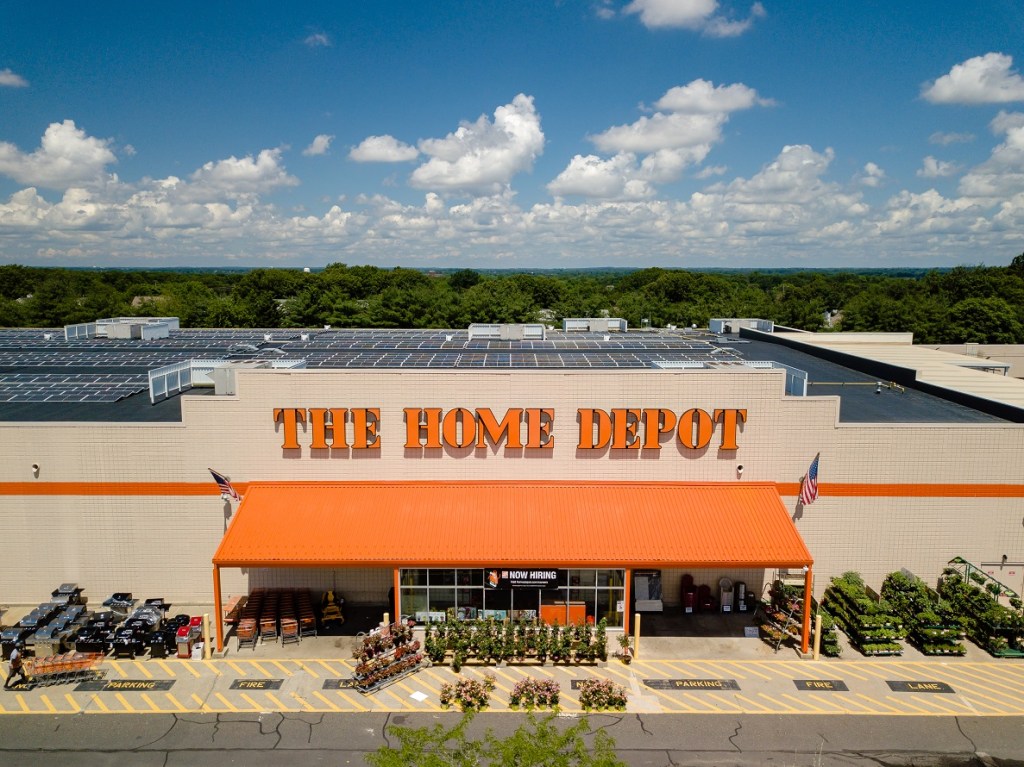
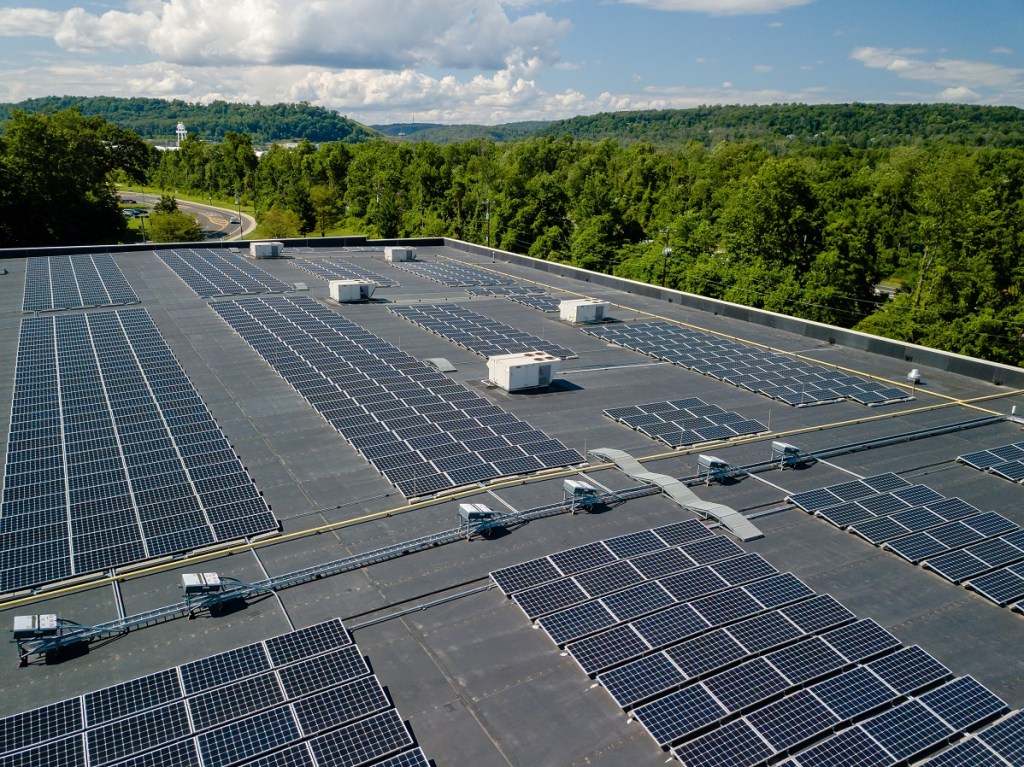

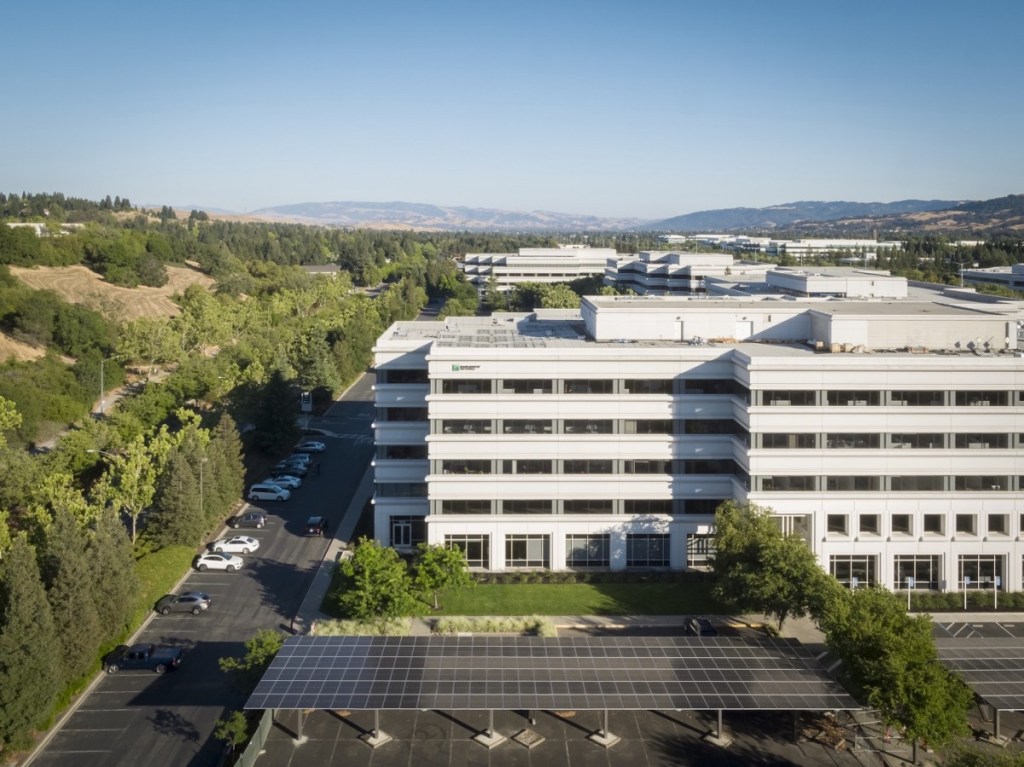
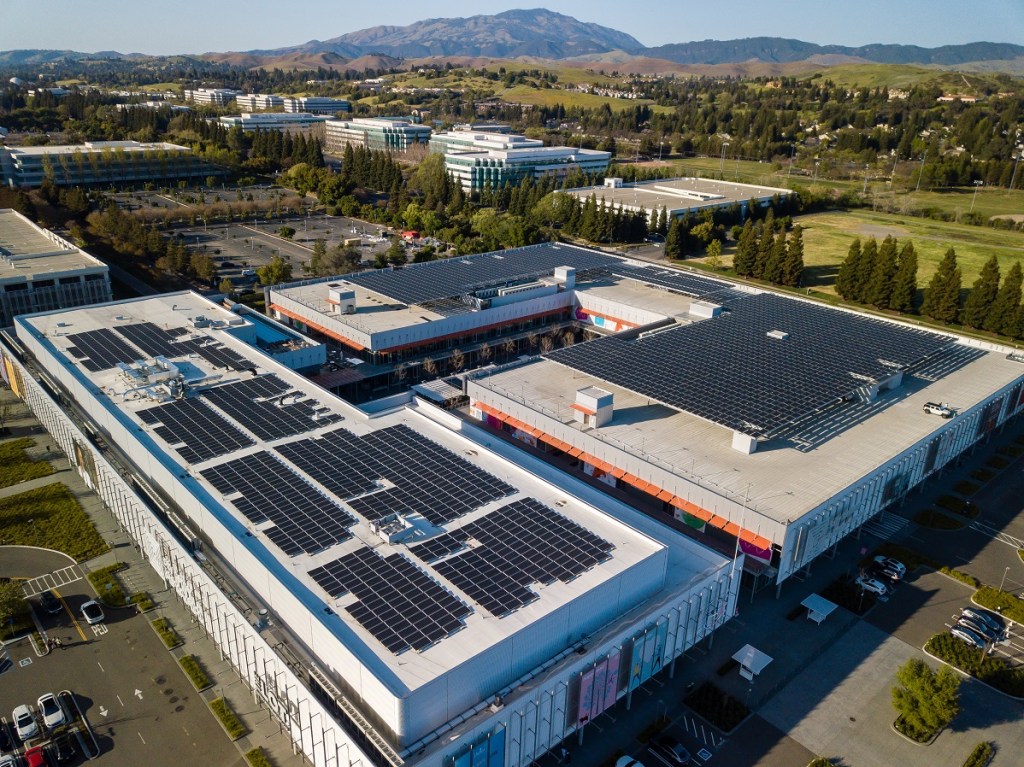
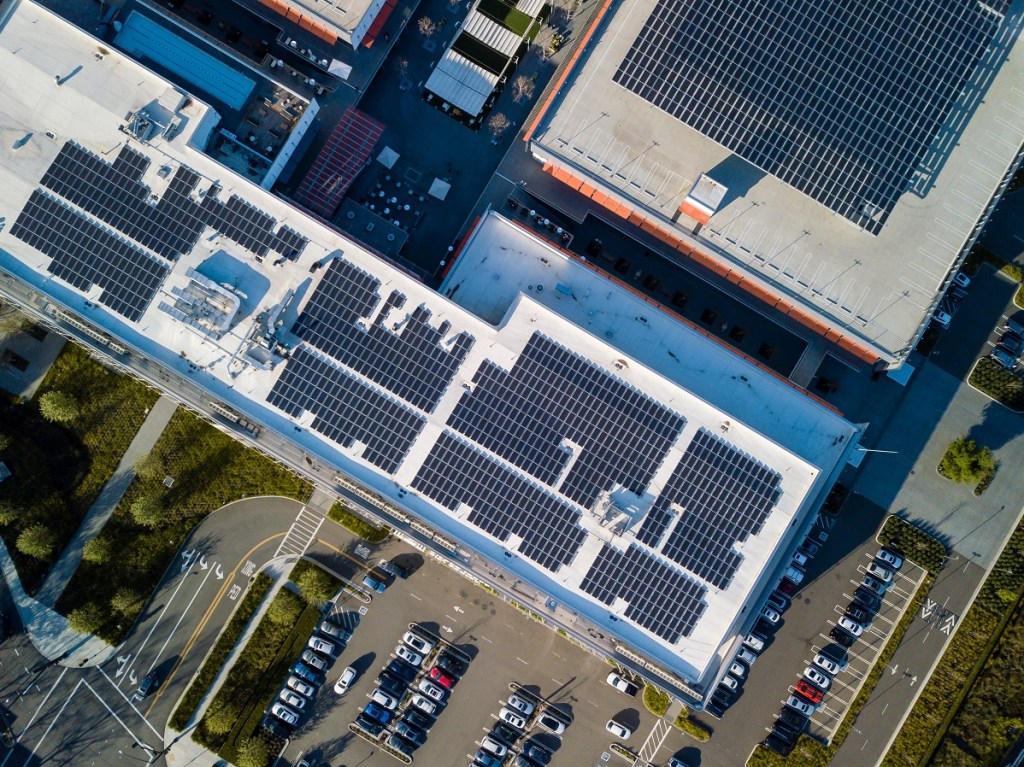
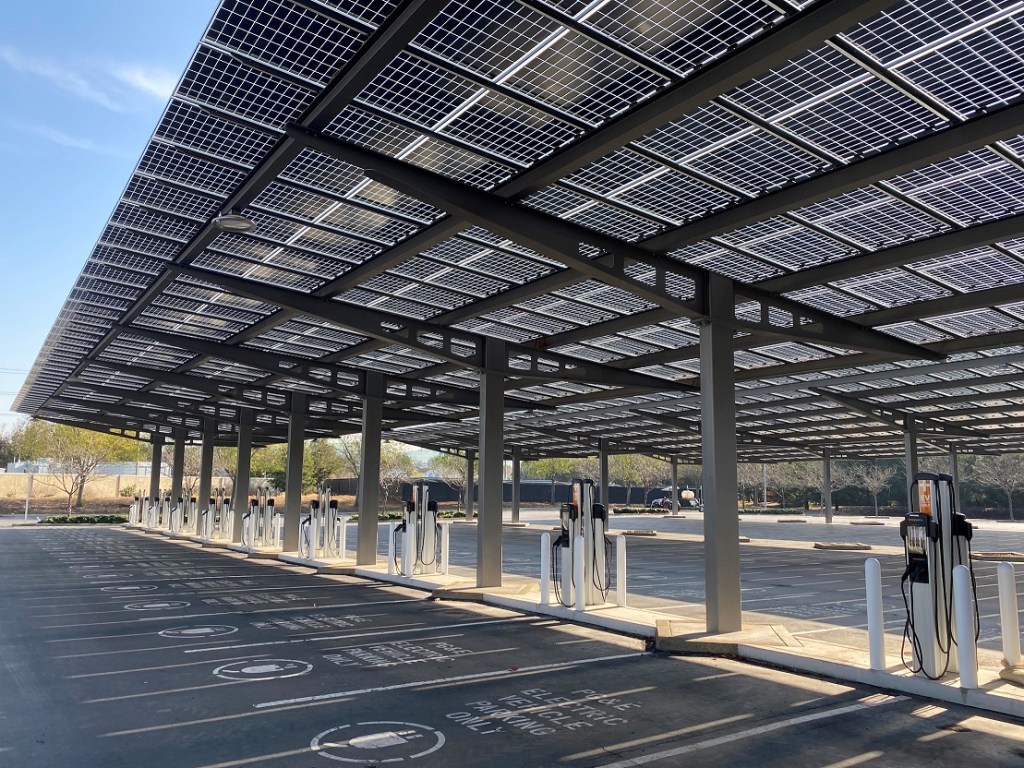
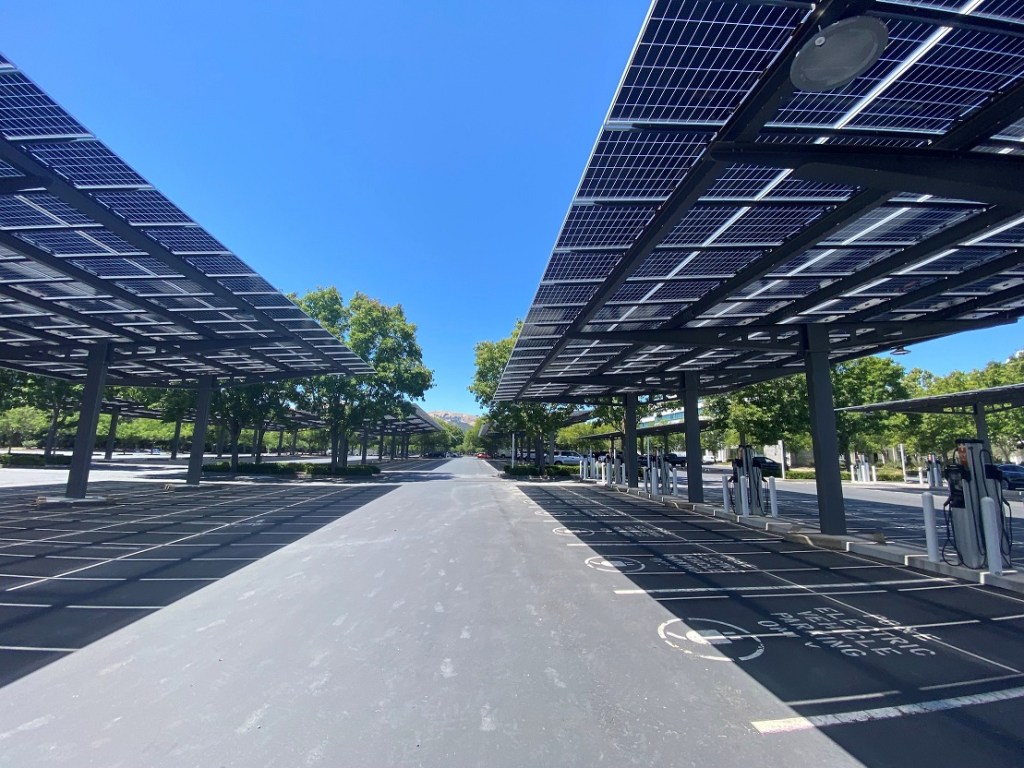
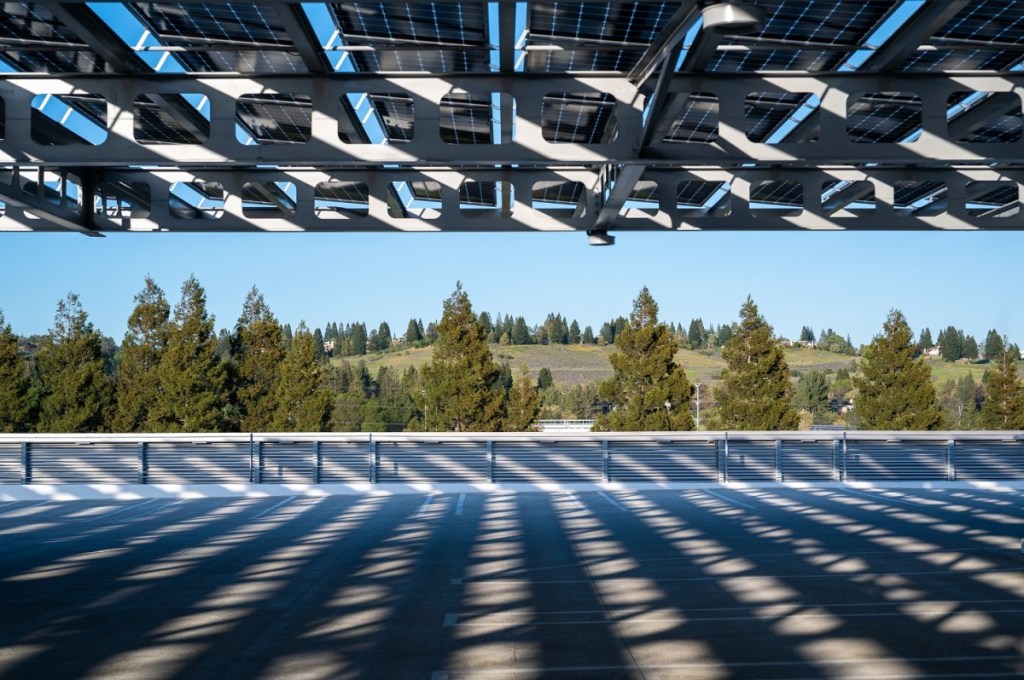






You must be logged in to post a comment.